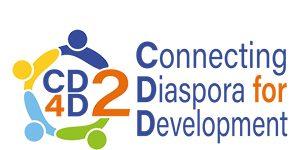“We found out that land is the primary constraint for horticulture developments and we moved one step forward to solve it,” Tadesse Haile, State Minister for Exports &Investment in the Economic Section.
The Ethiopian horticulture industry generated 271 million dollars from exports in 2016. Currently, the country has a total of 1500ha covered by horticulture varieties and is expected to earn 433 million dollars from horticulture exports by the end of this fiscal year.
In order to boost earnings made from flowers, the Ethiopian Horticulture & Agriculture Investment Authority (EHAIA) selected 3000ha of state owned farms located in three sites for horticulture development. They conducted research to identify and assess which pieces of land would be best suited for horticulture development. The institution are also looking to further research in collaboration with Ethiopian diaspora experts, in the framework of IOM Netherlands’ Connecting Diaspora for Development project.
The selected land has since been promoted to local investors and in the Netherlands. Eighteen foreign investors have already applied to the EHAIA.
What’s more, the EHAIA are also concerned about the environmental effect of flower farms. In attempt to minimize the chemicals that come out of greenhouses, wetland systems will be made mandatory at the end of 2017.


 Source:
Source:  CD4D on LinkedIn!
CD4D on LinkedIn!